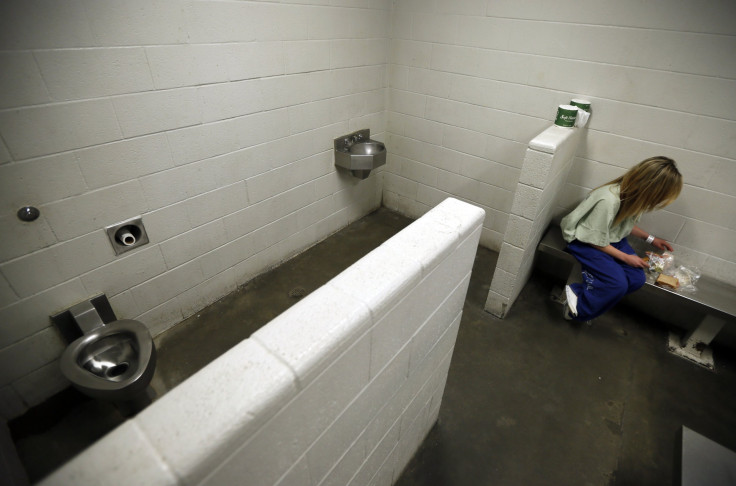Most Girls In Juvenile Detention Have Been Physically Or Sexually Abused, Report Finds

Roughly 80 percent of girls in juvenile detention centers have been sexually or physically abused according to a study released on Thursday by the Human Rights Project for Girls, the Georgetown Law Center on Poverty and Inequality and the Ms. Foundation for Women. Because many of the girls have been incarcerated for issues related to their trauma or abuse, according to the report, its authors recommend screening children for sex trafficking, trauma and abuse, as well as no longer arresting girls for prostitution and low-level crime.
The report, titled "The Sexual Abuse To Prison Pipeline," says that detention centers often increase trauma for girls who have previously been abused, with 88 percent of youth in the juvenile justice system residing in facilities without licensed professionals as mental health counselors. The report proposes reforming mental health care inside juvenile facilities in order to deal with the complex trauma of many of the girls and decrease recidivism rates.
Women are overwhelmingly incarcerated for nonviolent offenses, according to the report, and the majority disproportionately are women of color coming from low-income backgrounds. The report suggests the leading causes of arrests for girls--truancy, substance abuse and running away--are also all common symptoms of abuse.
"It's victim-blaming of the worst kind," said Lindsey Rosenthaal, one of the authors of the study in a conference call with reporters, according to Al-Jazeera.
The report says that sexual abuse is one of the primary predictors of girls' entry into the juvenile justice system, and while levels of abuse varied by state. Some states, such as Oregon had rates as a high as 93 percent of girls experiencing sexual or physical abuse.
"What we see is a commitment on the part of law enforcement to arrest for non-violent status offenses that include truancy, running away, and loitering," said Malika Saada Saar, the executive director of the Human Rights Project for Girls, in the conference call, reports MSNBC. "All behaviors that correlate with childhood sexual abuse, with a child that is being abused and is trying to protect herself."
Several of the girls shared their own stories in the report, explaining how their time in juvenile detention centers reinforced their trauma.
"Inside juvie I met other girls like myself who were there for prostitution, running away, and truancy," Nadiuah Sjereff, a former juvenile inmate, told the researchers according to MSNBC. "We were not violent girls. We were girls who were hurting. Being confined to a tiny cement room was one of the hardest things I ever had to experience. Being locked up all I could do was reflect on my life but it didn't seem to help."
In the conference call, Rosenthaal cited one girl who was labeled a "troublemaker" by guards for refusing to sit down when she was told, reports Al-Jazeera. When eventually allowed to express herself on an iPad, she explained that before she was incarcerated, she had been sexually assaulted and her genitals were so badly hurt that she could not sit down without pain.
The report said that girls in the juvenile justice system are often ignored as they represent a smaller part of the population than boys, making data more sparse on issues related to mental health, recidivism and abuse.
© Copyright IBTimes 2024. All rights reserved.





















